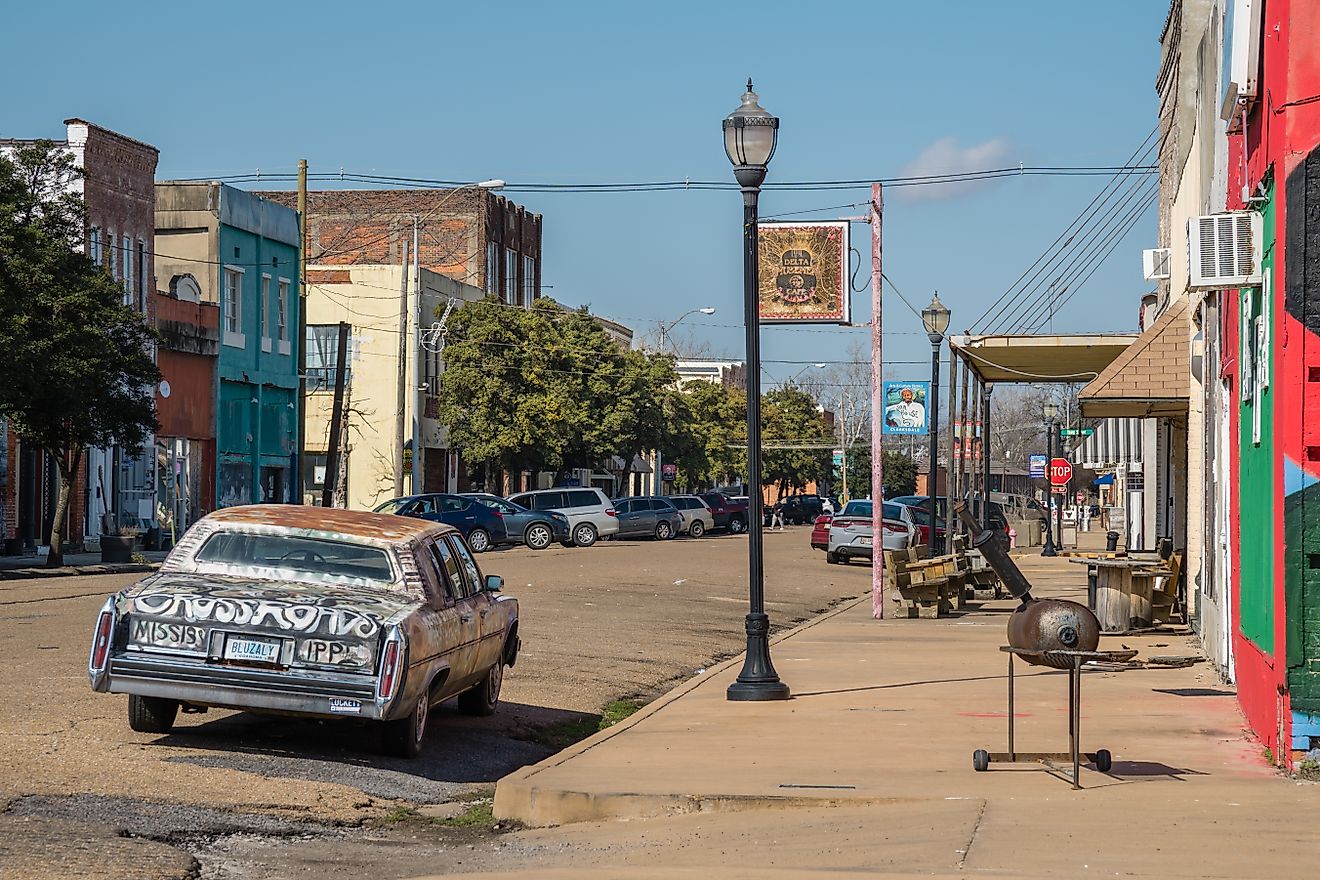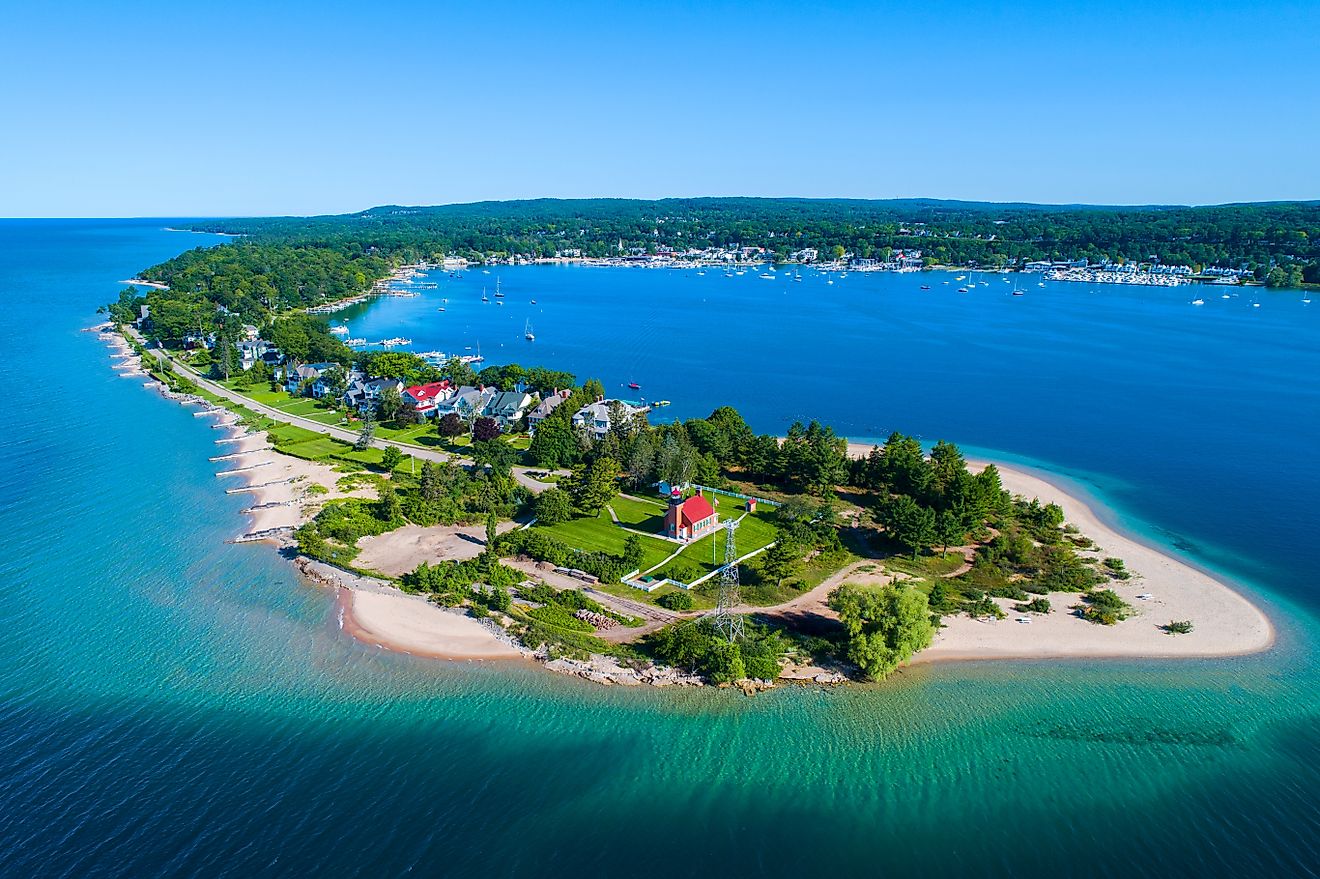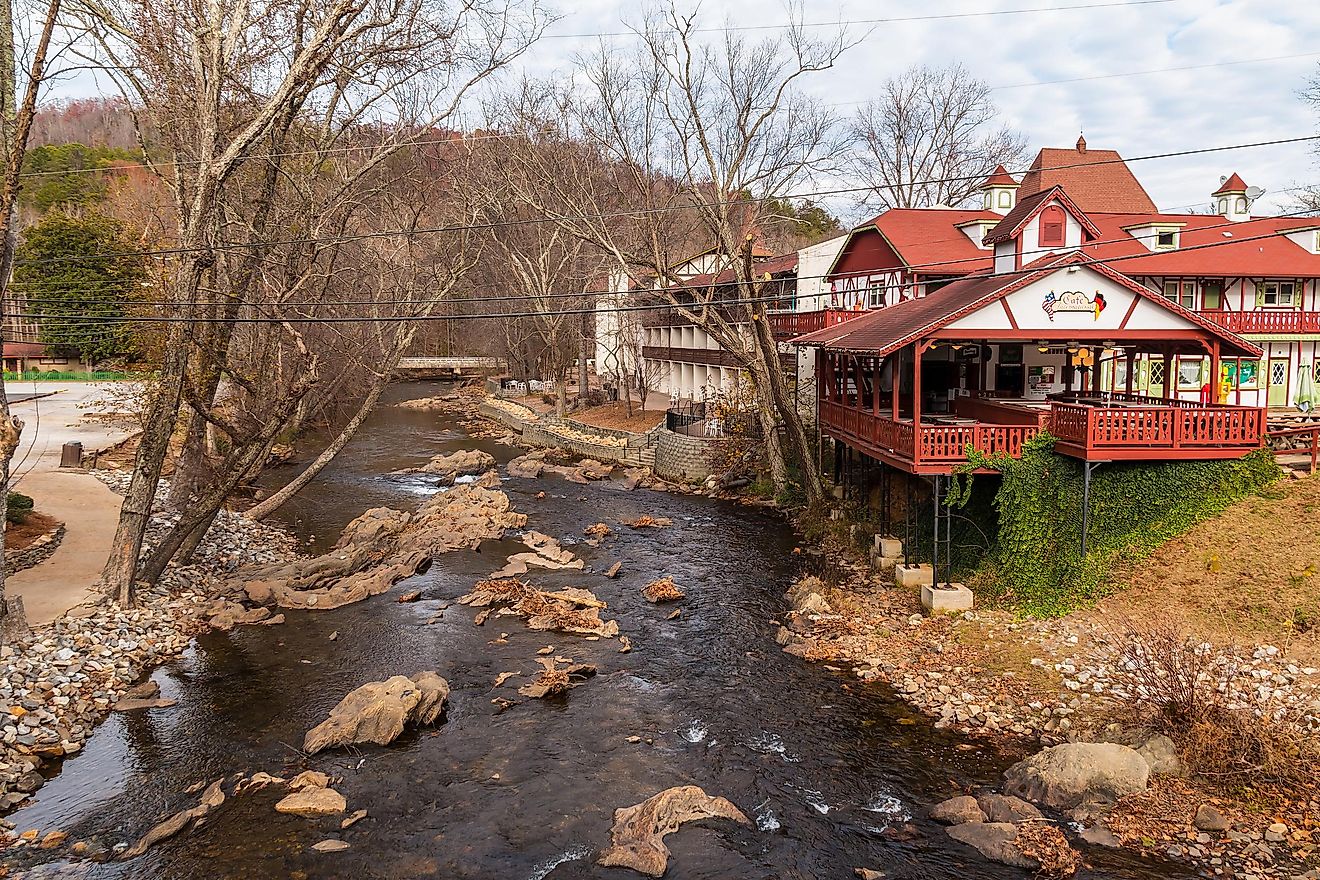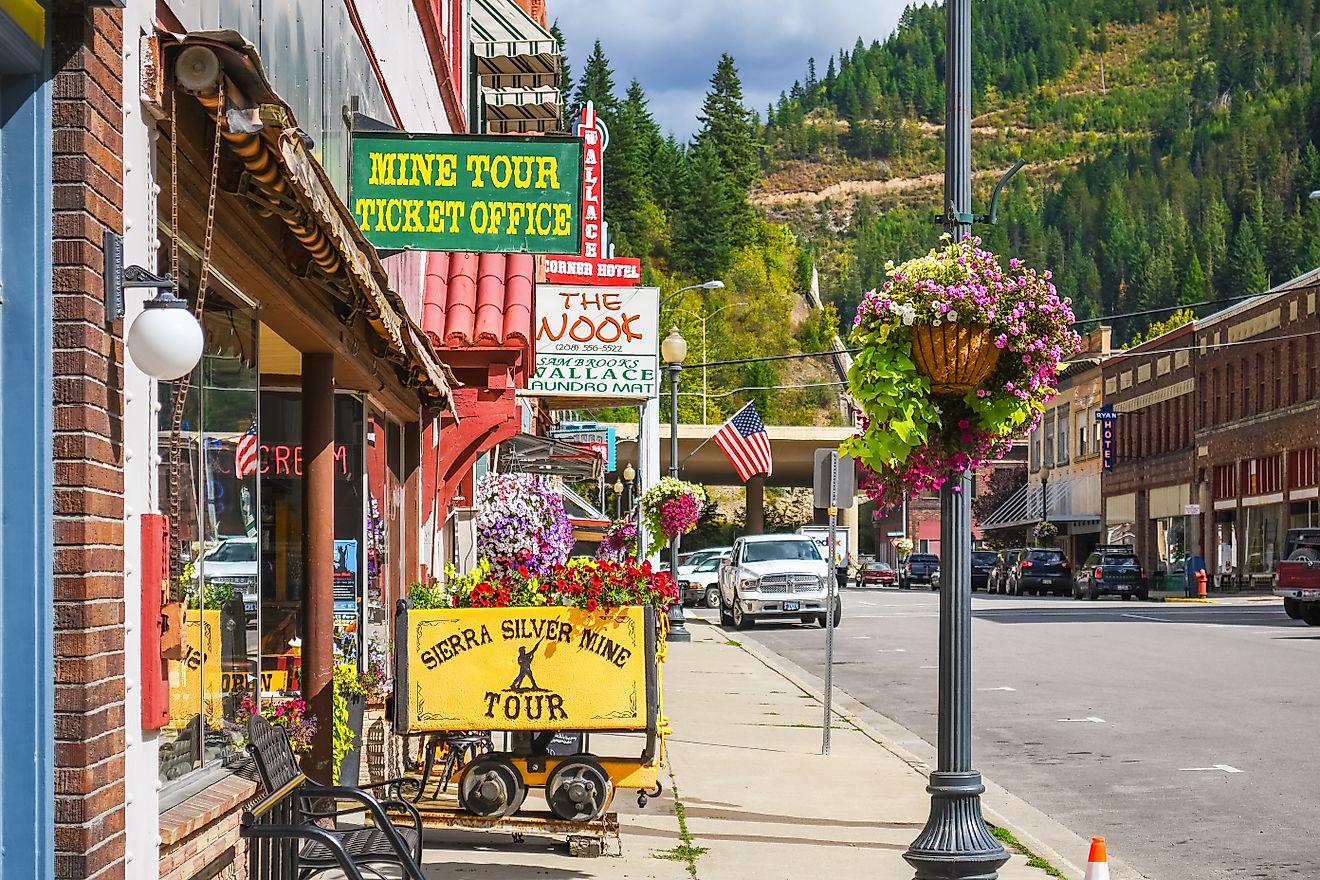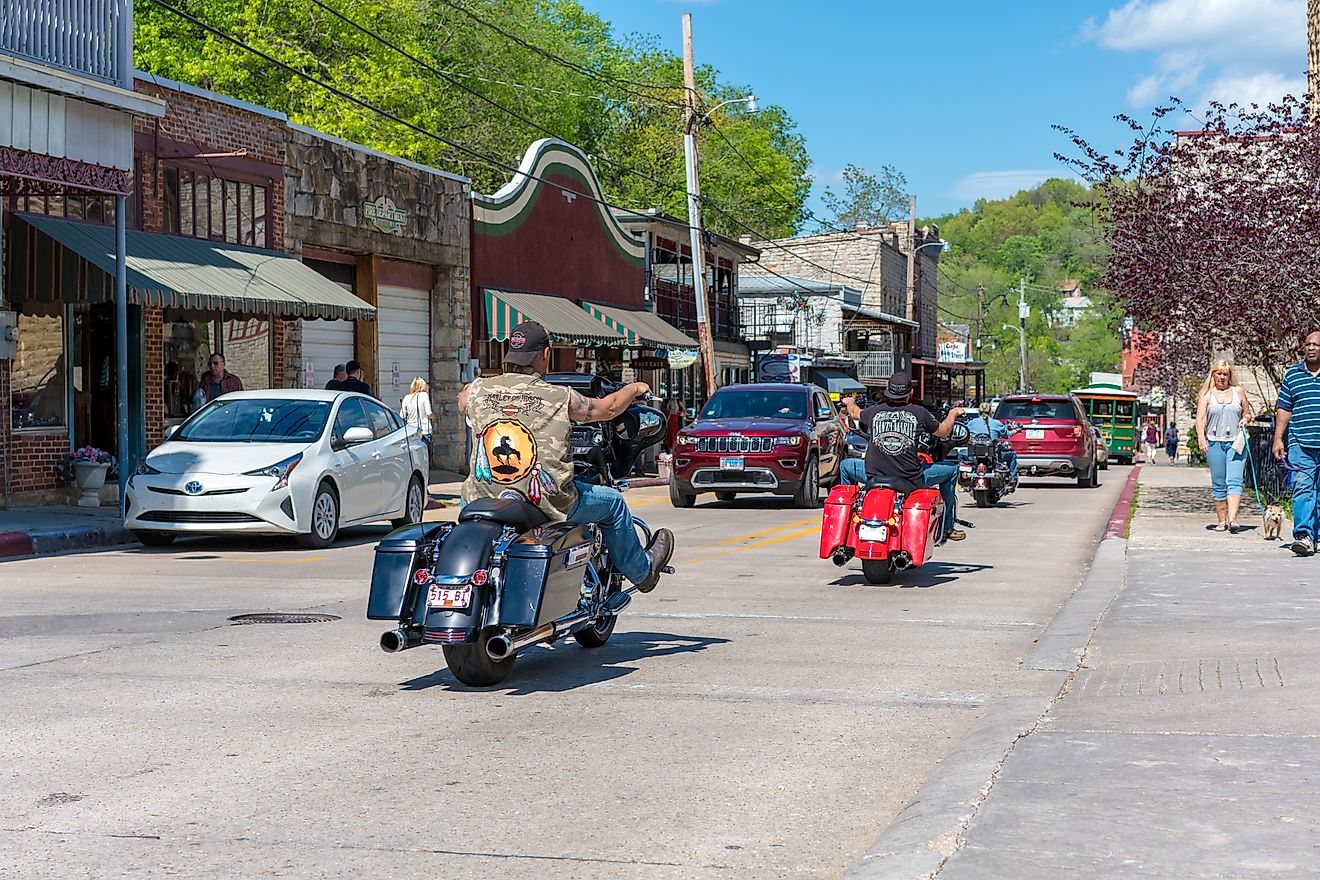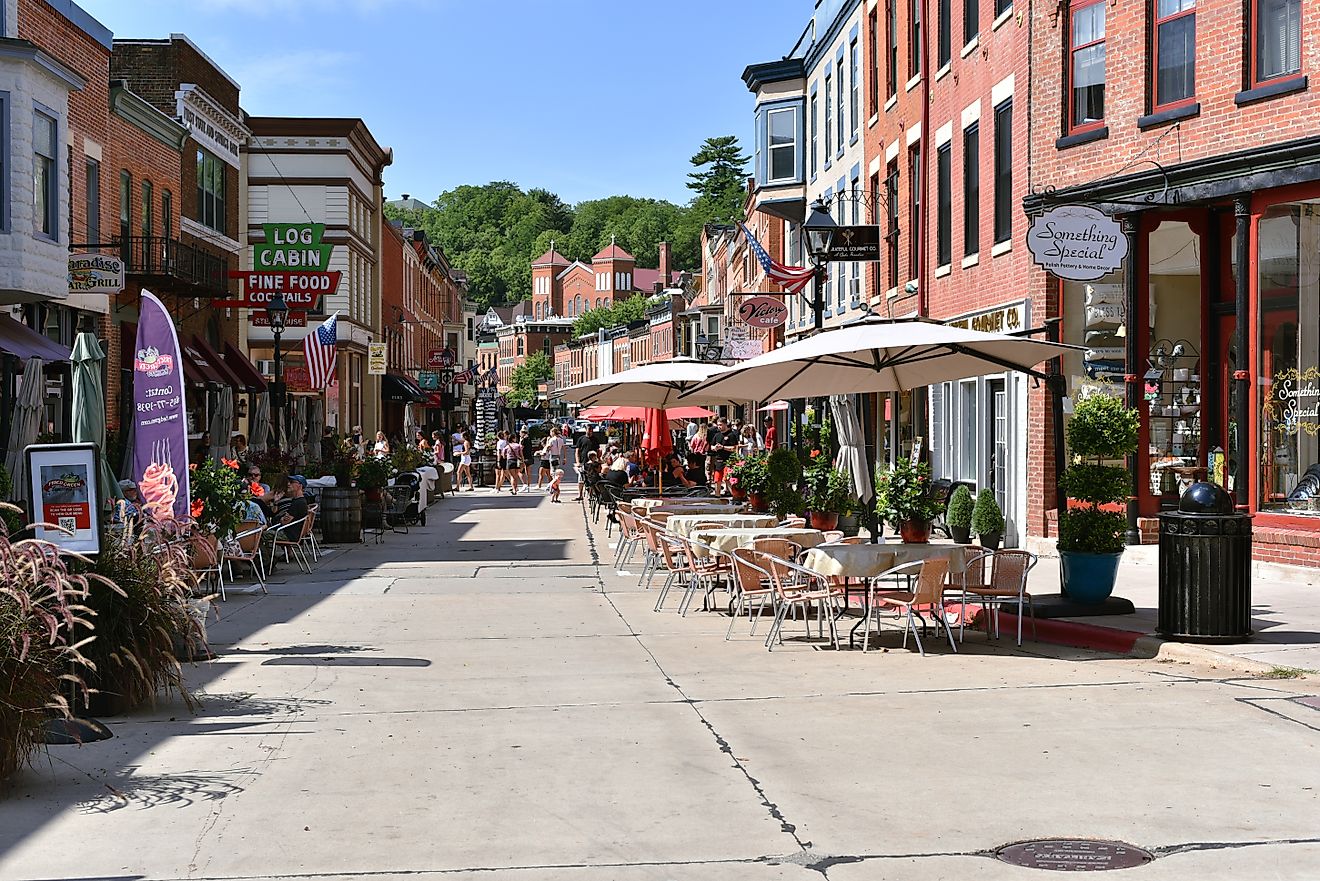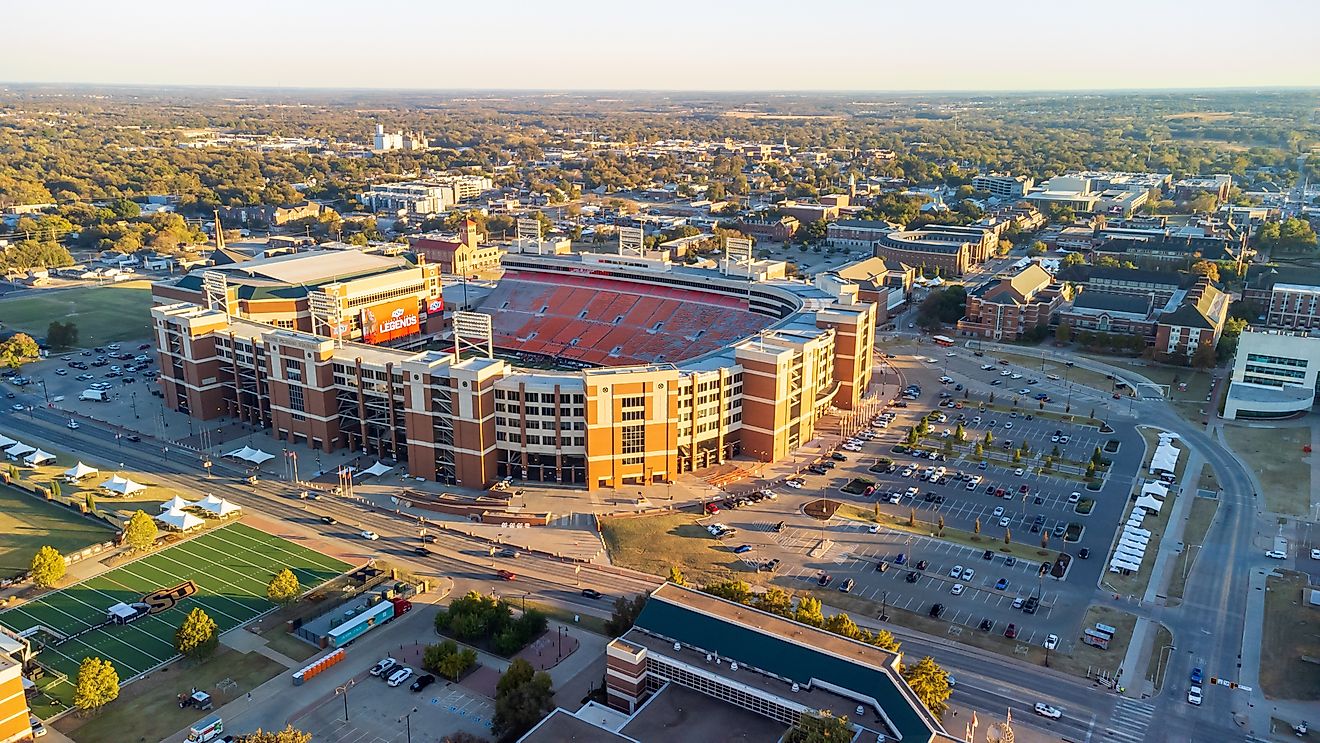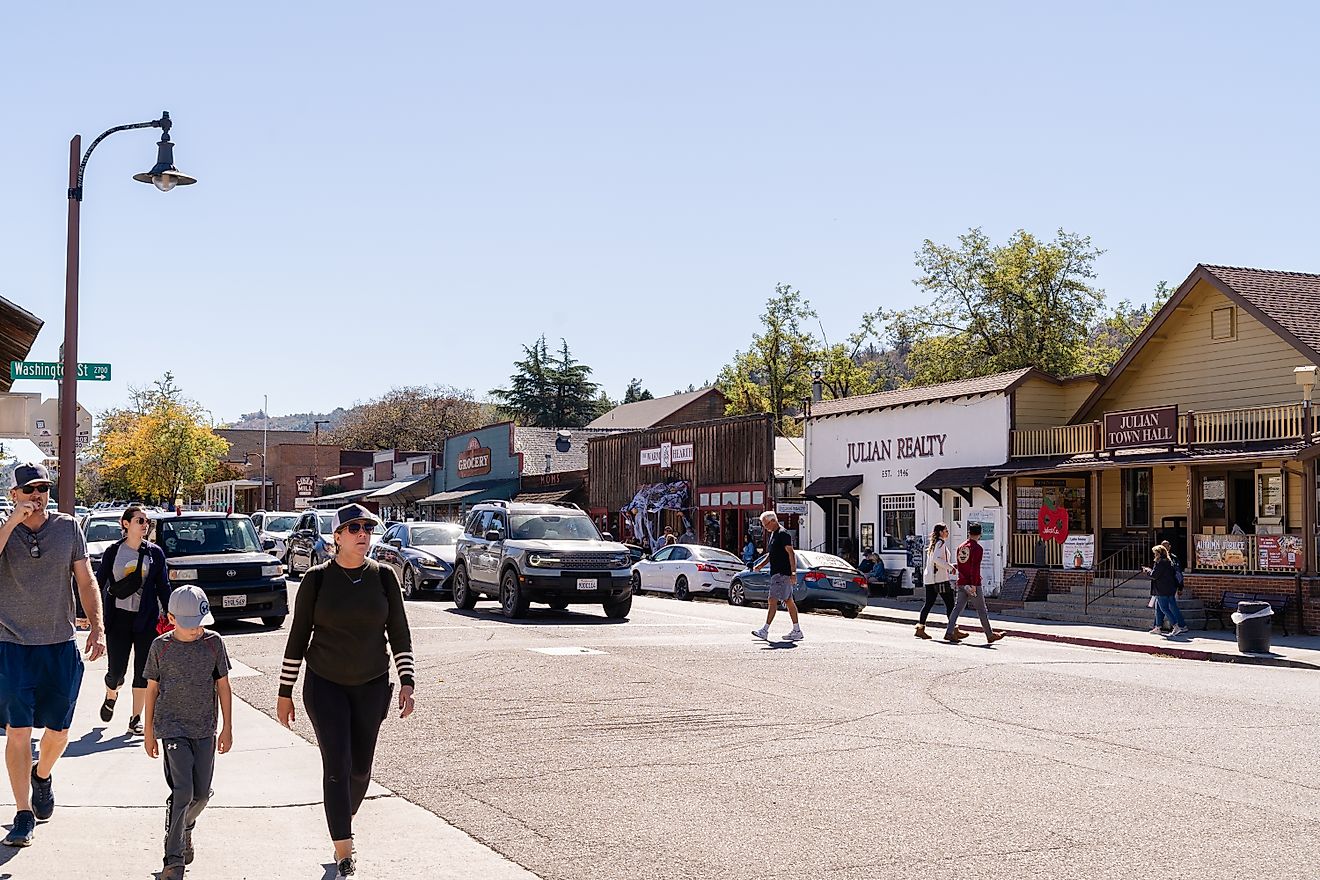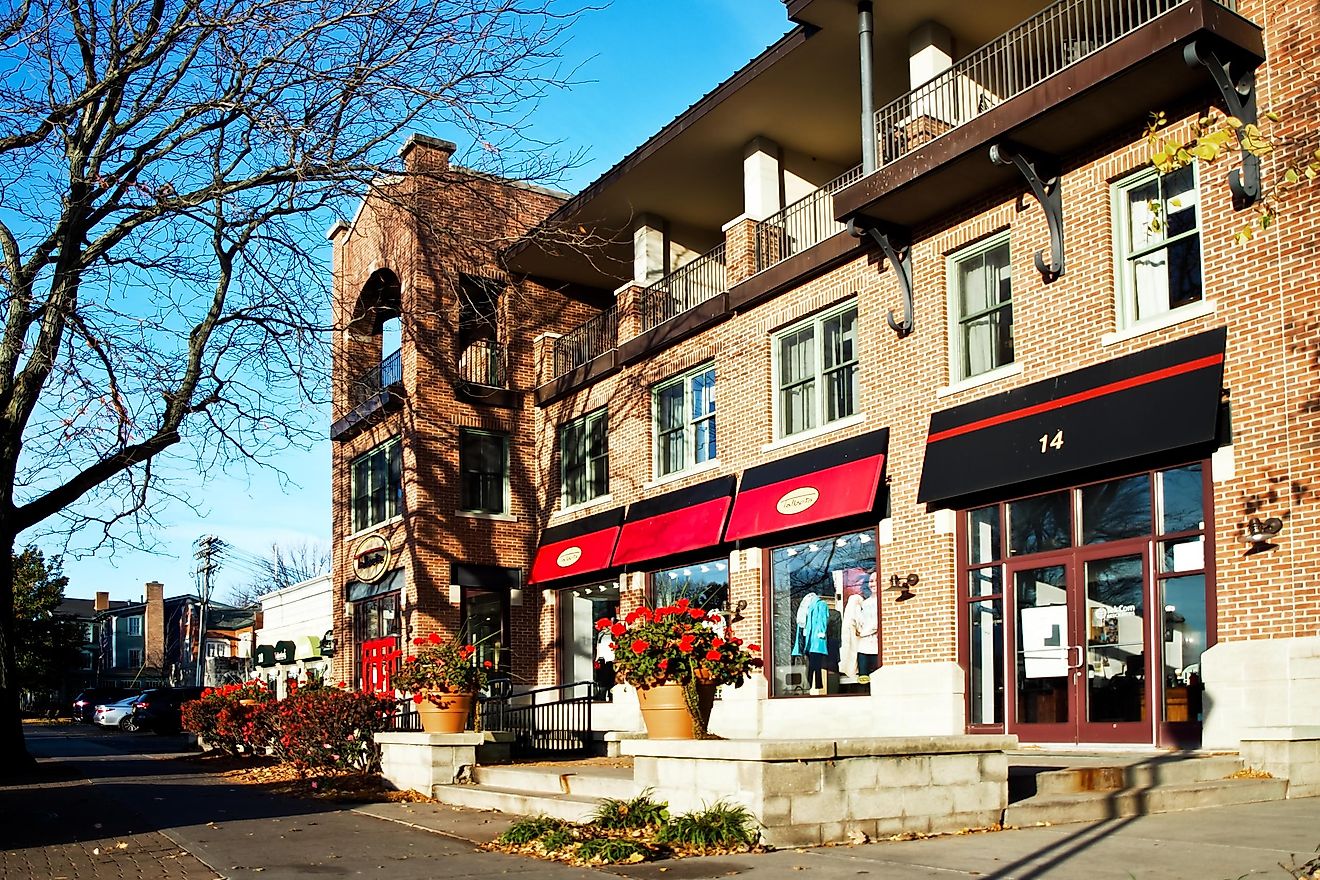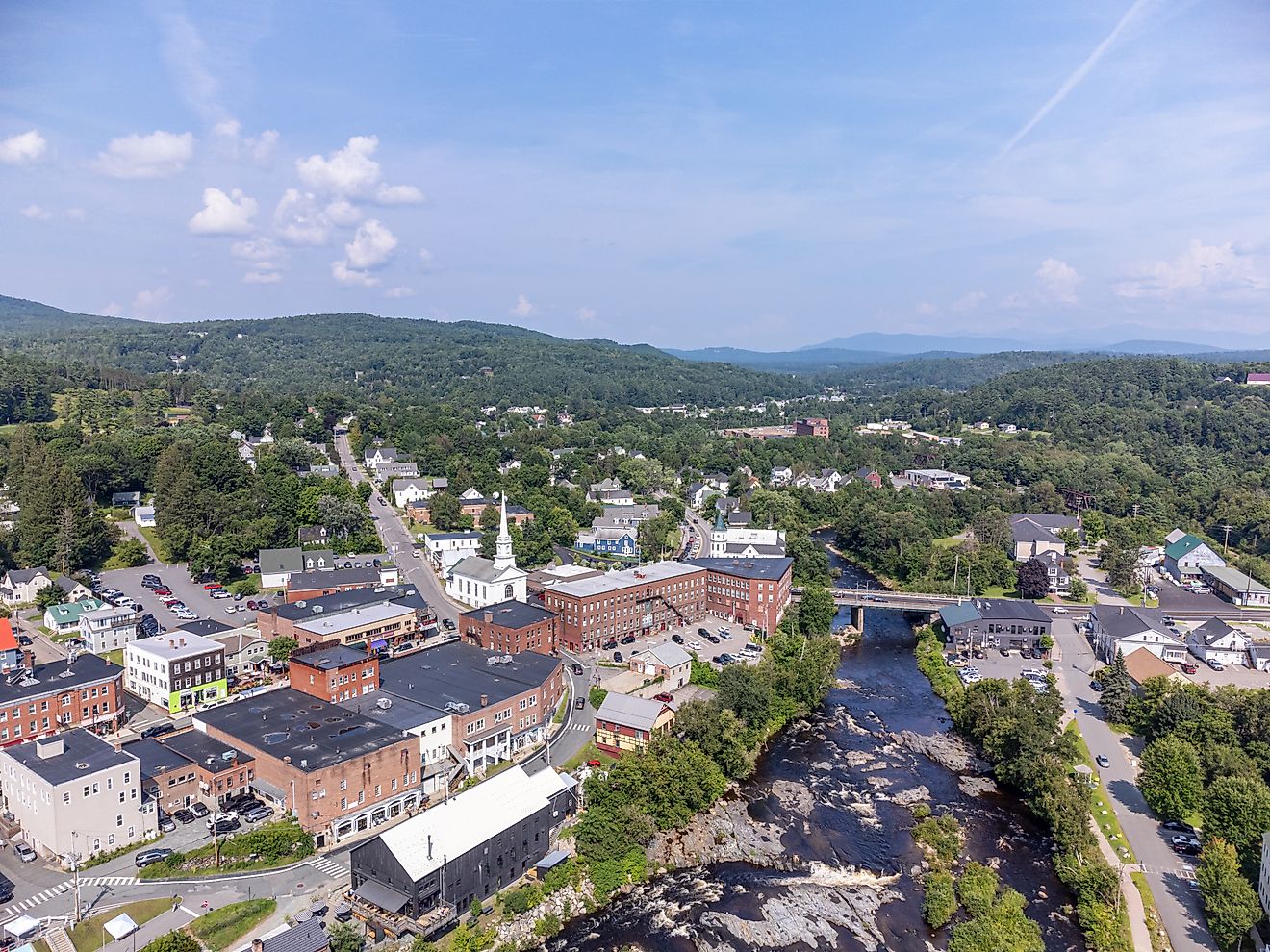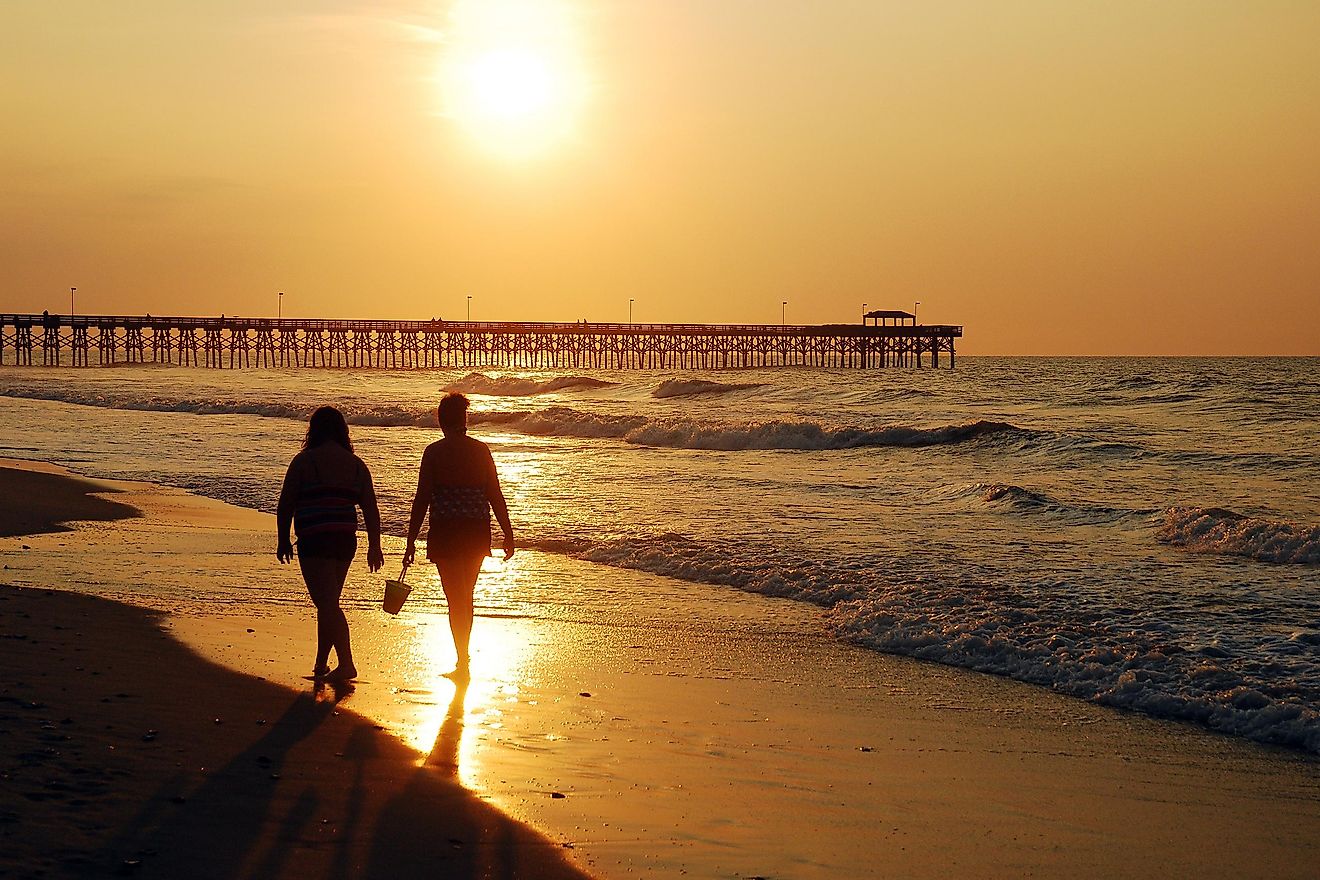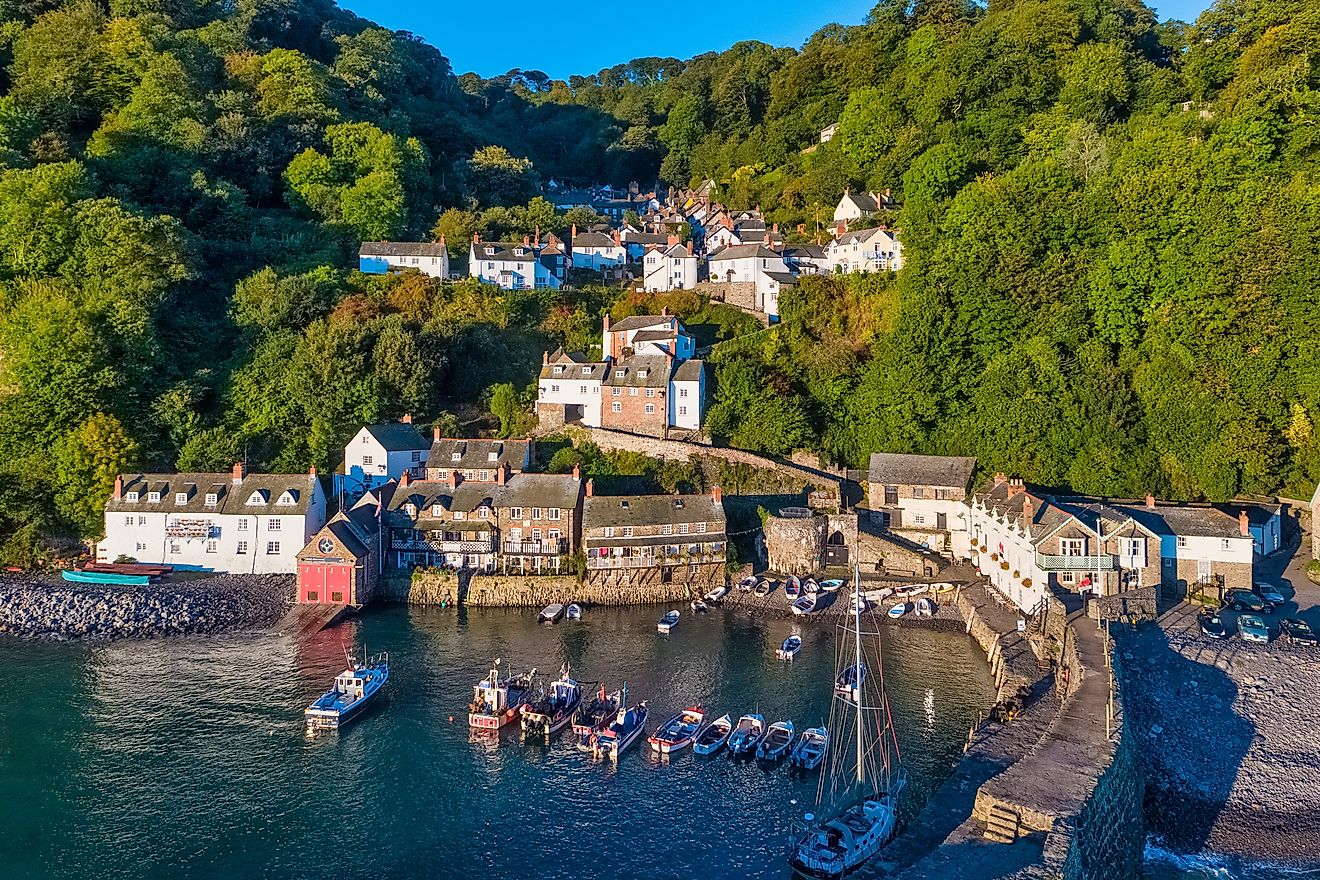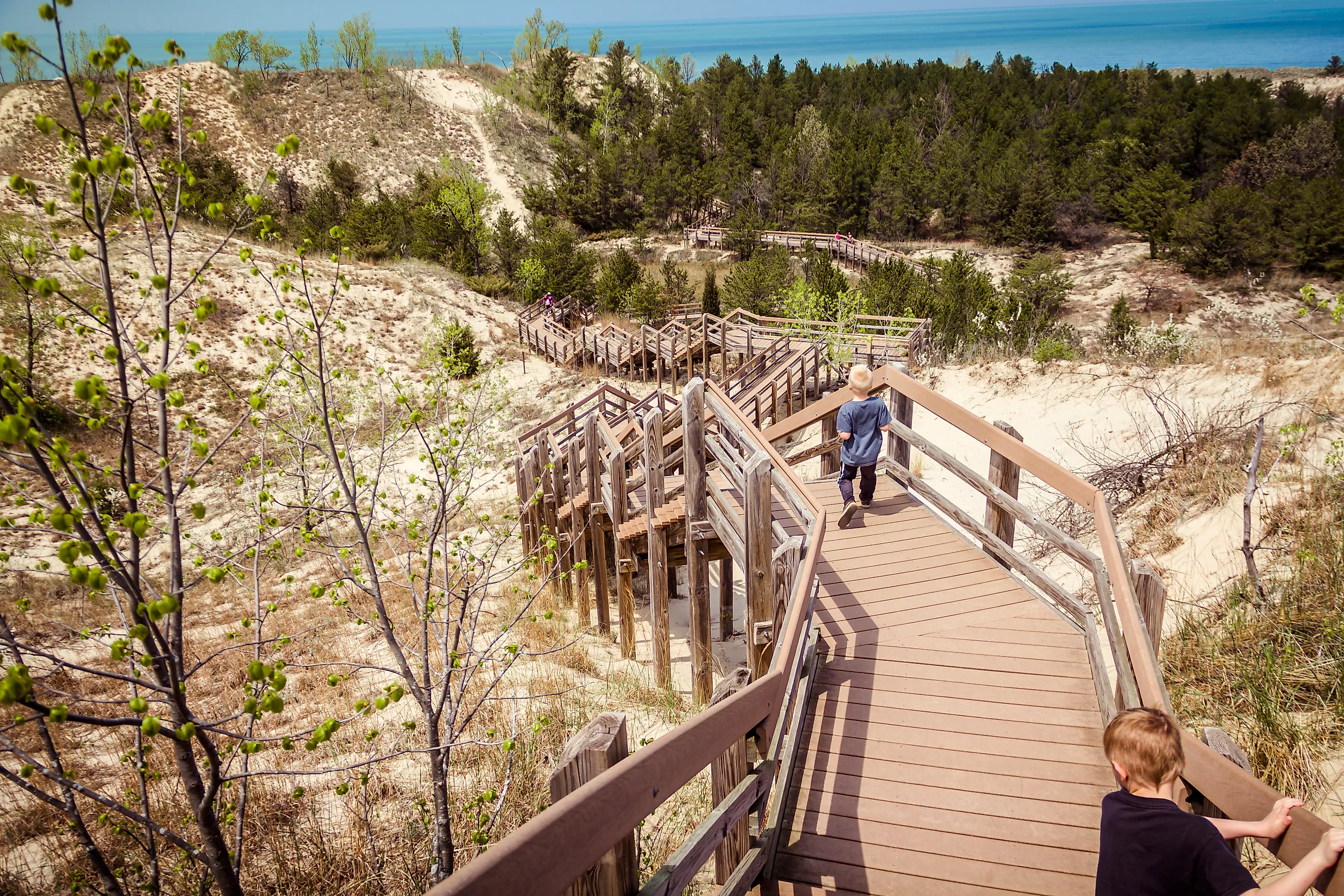
Indiana Dunes National Park's Towering Sand Ridges
Indiana Dunes National (and State) Park is a place of ever-changing contrasts. Here, along this 15-mile stretch of southern Lake Michigan shoreline, towering sand dunes backdrop the crisp blue waters of the Great Lake. At the same time, these impressive remnants of the last Ice Age (both the lake and the windswept sands) are in opposition to the man-made constructions of the past century. Gary's puffing smoke stacks, the enigmatic 1933 Chicago World's Fair Century of Progress Homes (which now sit within the Beverly Shores section of the park's boundary), and, especially at sunset, The Windy City's expansive skyline all highlight the value of nature conservation, and drive home just how quickly these ecosystems can change. Let's take a virtual tour of this dynamic park and see why the marriage between past and present, natural and industrial, makes Indiana Dunes a standout unit within the National Park Service.
Location, Geography, and History
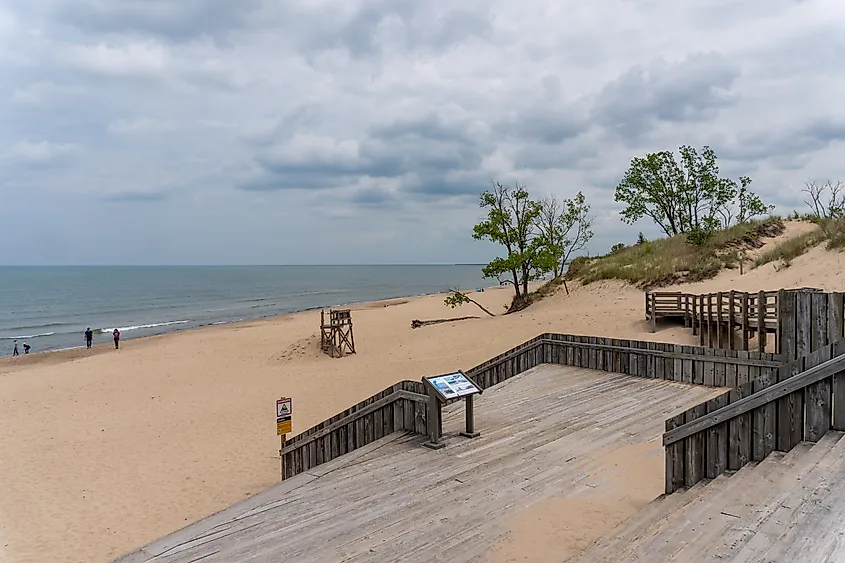
Indiana Dunes National Park was established in 1966 as Indiana Dunes National Lakeshore. Though it was rebranded in 2019, the federally protected lakeshore still spans 15 miles between Gary, Indiana, and Michigan City, Indiana. En route, it engulfs Indiana Dunes State Park (which was established in 1926) at about its midway point. Collectively, the two parks cover a little over 18,000 acres of Indiana's northwest corner/Lake Michigan's southeast segment - 16,000 acres from the national park, and 2,182 acres from the state park. Though they constitute the same geography, ecology, and overall experience, Indiana Dunes National Park and State Park are administratively distinct (meaning that separate passes have to be purchased). For simplicity's sake, this article will discuss the entirety of this protected landscape as a single entity.

In order to understand the Indiana Dunes, we have to go back to the end of the Pleistocene Epoch (i.e., 11,000 years ago) - a time better known as the last Ice Age - when mile-high glaciers covered the northern part of the continent. It was the grinding and melting of the Wisconsin Glacier, in particular, that left behind not only the five Great Lakes but also the copious amounts of sand that visitors and fringe ecosystems enjoy today. As water levels settled, those incorrigible Midwest winds went to work sculpting the lumbering, yet fluid dunes. The largest dune of them all was the 200-foot Hoosier Slide, but unfortunately, it was dug up and shipped out in 1916 to serve the region's ballooning industrial scene (namely, glass production).
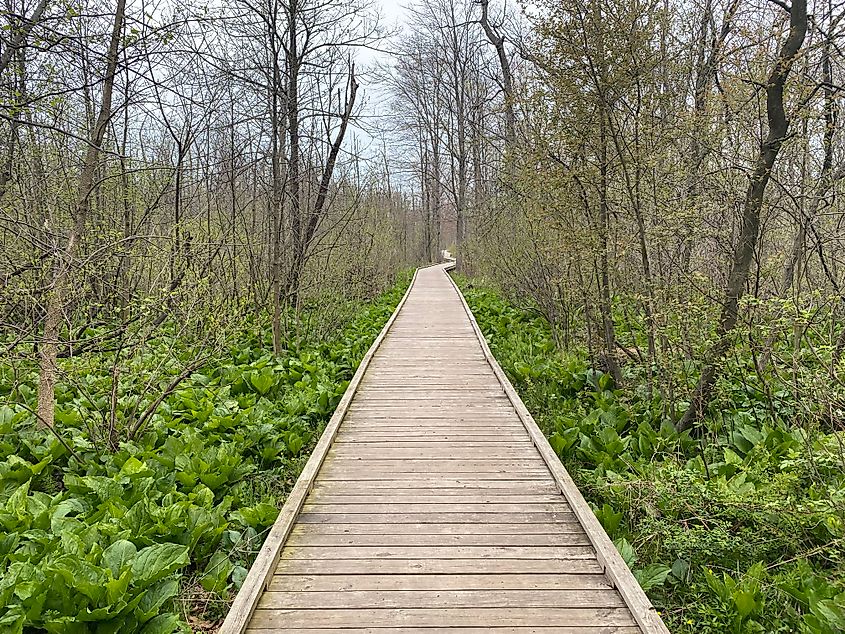
Such exploitation of an ancient and irreplaceable environment kicked into high gear a conservation effort that had been underway since 1899. Thanks to the combined efforts of local English teacher and nature lover, Dorothy R. Buell, Illinois State Senator, Paul H. Douglas, a botanist from the University of Chicago, Henry C. Cowles, aka "The Father of Ecology," and many other concerned citizens, Indiana Dunes State Park was christened in 1926. The namesake national lakeshore was established 40 years later, and was subsequently expanded in 1976, 1980, 1986, and again in 1992. Finally, on February 15th, 2019, in an effort to increase awareness and attendance, Congress authorized changing the name from Indiana Dunes National Lakeshore to Indiana Dunes National Park, making it the 61st addition to America's NPS.
Unique Natural Phenomena

It is no secret what Indiana Dunes' premier attractions are. Four major dune complexes traverse the park. The youngest and most active dunes line the shoreline, and are characterized by grassy ridges. As we move further inland, each successive complex gets progressively older, while more diverse vegetation emerges, including: pine and oak forests, prairies, oak savanna, and boardwalked wetlands. The largest dunes are clustered together within the state park's boundary - Mt. Jackson (176 feet and 32 million cubic feet of sand), Mt. Holden (184 feet; 53 million ft3), and the reigning champ, Mt. Tom (192 feet; 56 million ft3).
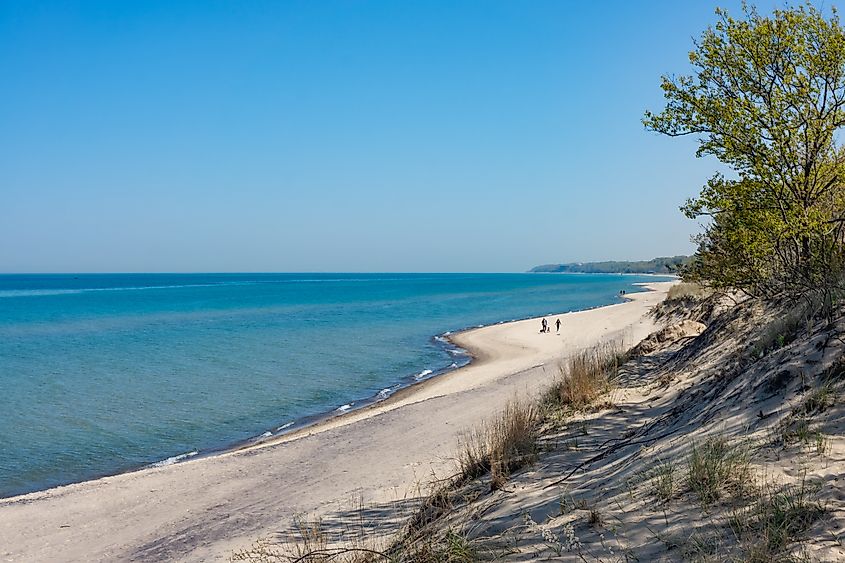
Another of Indiana Dunes' serious draws is its lengthy and robust beach. Pretty much all of the park's 15-mile shoreline is made up of wide, walkable, swimmable (save for certain rip current zones) beachfront. Unspoiled by resorts or heavy commercialization, yet naturally groomed by the winds and tides of Lake Michigan, this is truly one of the country's most overlooked outlets for a beach vacation. Sure, the smoke stacks from Gary's steel mills and power plants can be a bit of an eyesore if you veer too far west, but at the same time, there's a strange beauty in the contrast that I waxed poetically about in the intro. Either way, take solace in knowing that park authorities monitor the water/air quality, and post both physical and digital updates when necessary.
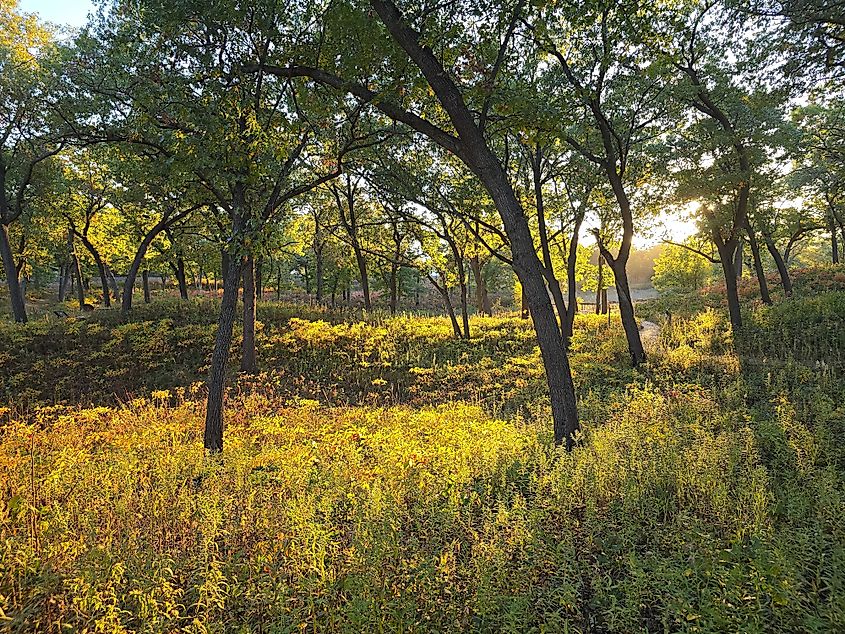
A subtler but no less significant natural feature of Indiana Dunes is its sliver of Black Oak Savanna. This globally-endangered habitat once covered an estimated 50-million acres between Michigan and Nebraska. Now, because of intentional clearing and neglect (including fire suppression), only about 30,000 acres exist in that same region, with some of the world's last remaining, high-quality oak savanna falling under the national park's purview. Found in the Miller Woods/Tolleston Dunes section of Indiana Dunes, at the transition between the hardwood forests of the east and the tall grass prairies of the west, 1,045 acres of rare Black Oak Savanna ecosystem are currently undergoing restoration.
Top Things To Do
The 3 Dune Challenge
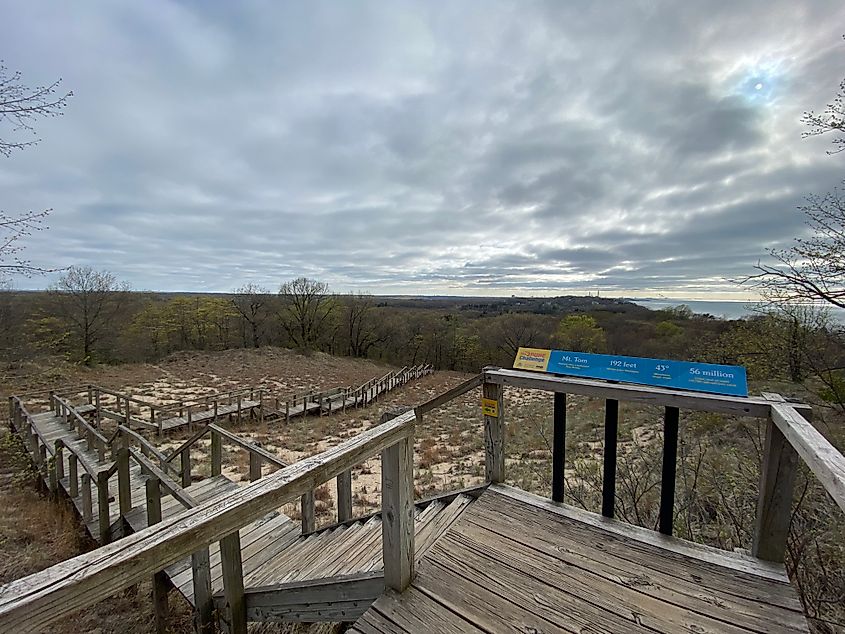
Mount Jackson, Holden, and Tom can all be linked together by following the 1.5-mile loop known as the 3 Dune Challenge. Once you've submitted all 552 vertical feet, which is even harder than it sounds, given that each step slides back half the distance (save for Mt Tom, which has a massive wooden staircase), you can claim a free bumper sticker from the Indiana Dunes Visitor Center. Just remember to take a selfie at the top of at least one of the dunes and post it online using the #3DuneChallenge.
Trail 9
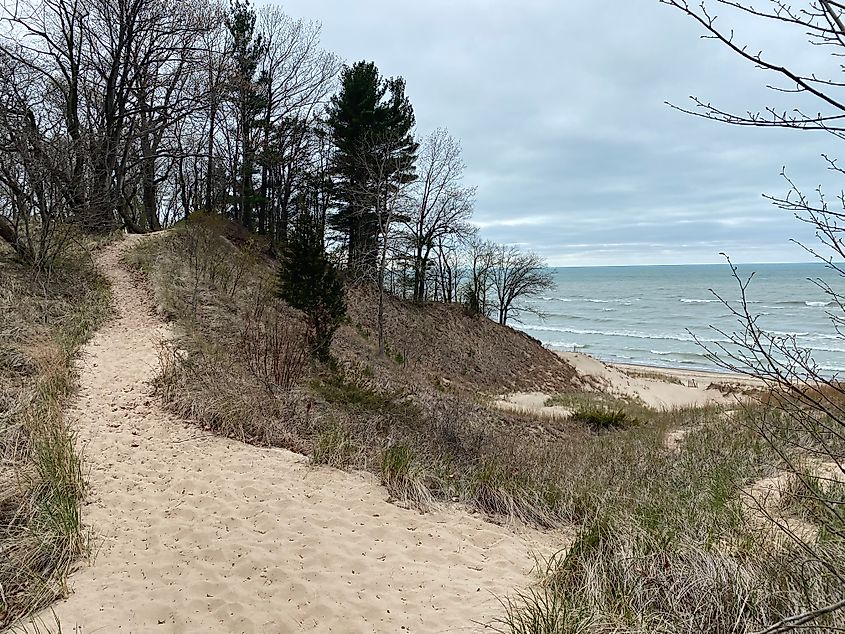
Regarded as one of the best hikes in Indiana, Trail 9 meanders through forests, across shoreline ridges, and atop two scenic blowouts for 3.8 miles - collectively affording some of the best views of the entire park system. As the name suggests, there are plenty of other options to choose from, but this is a great place to start if you still have some gusto after the 3 Dune Challenge. Note that these trails are open year-round, and can even be cross-country skied in the winter.
Tour the Century Of Progress Homes
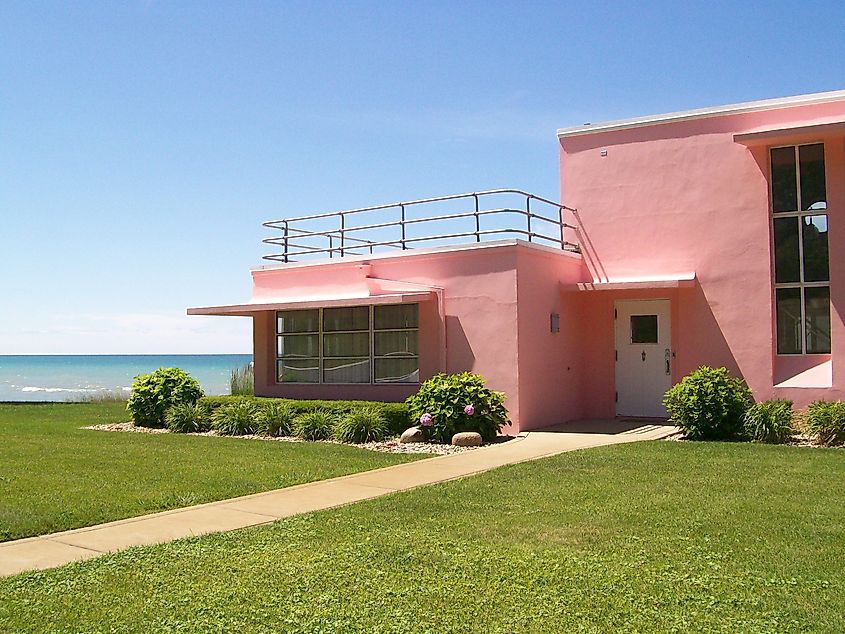
Following the 1933 Chicago World's Fair, five of the "Century of Progress" homes were brought over to the resort community of Beverly Shores - now within the boundary of Indiana Dunes National Park. At any time, these quirky or colorful (in the case of the Florida Tropical unit) creations can be observed from the outside, but during the last weekend of September, an annual tour offers access to the interiors of four of the homes. Just note that tickets go on sale in early August and tend to sell out immediately. But either way, seeing the futuristic imaginings of an architect long since past is yet another curious contrast that punctuates this otherwise ancient ecosystem.
Snacks and Sunset at Dunes Pavilion
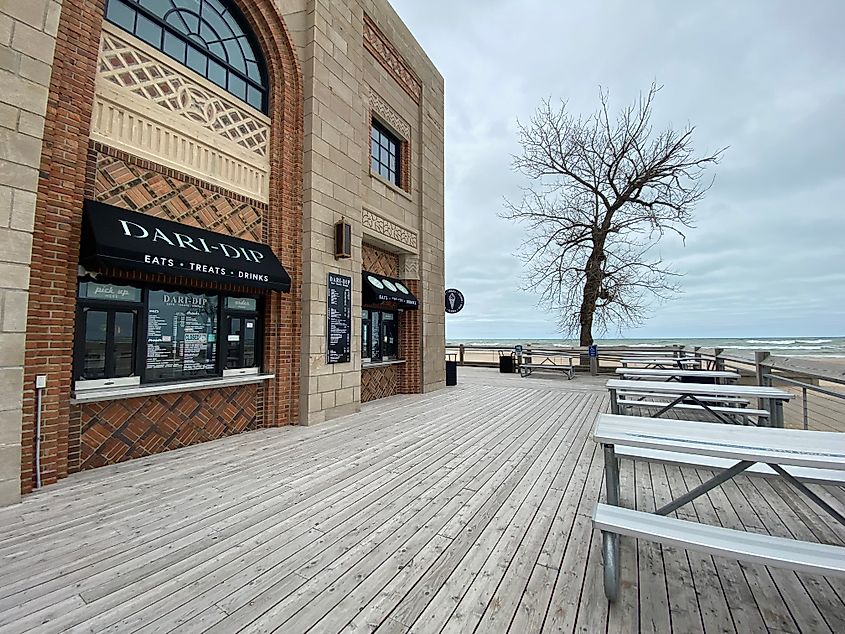
No day at the beach is complete without some cheat-day grub. At the Dunes Pavilion on Porter Beach, kids can indulge in ice cream and hot dogs from the grab 'n go window on the picnic table patio, whereas adults might prefer some tacos and cocktails atop the roof. In any case, the sizable restaurant/bathroom area is a great place to congregate for sunbathing, satiation, and for watching the sun set over the Chicago skyline.
Bird Watching
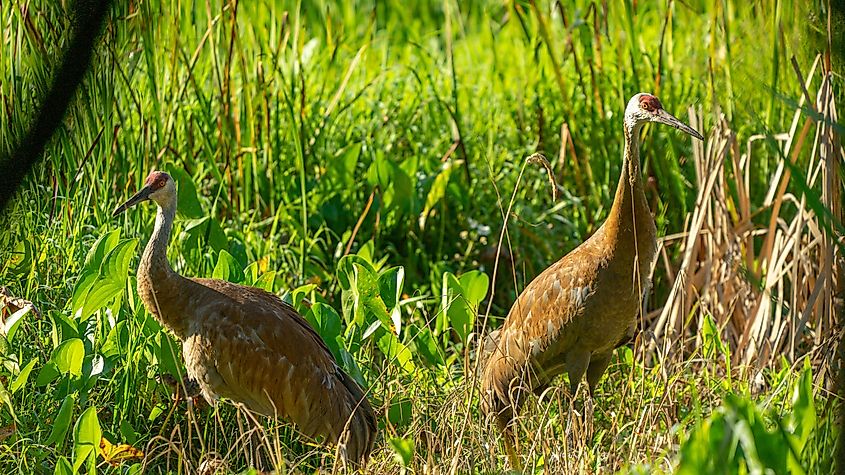
Thanks to its favorable position on the undeveloped southern tip of Lake Michigan, Indiana Dunes National Park is a vital resting and feeding area for migratory birds. Keep an eye out for transitory hawks and waterfowl from the tops of the shoreline dunes, but also tread inland to see the wetland birds taking advantage of Indiana Dunes' lesser-known habitats. Adamant bird watchers will want to time their visit for the fall migration, when southbound flocks make their pit stops, or for the annual Indiana Dunes Birding Festival - a four-day event that takes place across the third weekend in May in order to coincide with northward returns.
Parting Thoughts
The convergence of ten-thousand-year-old naturescapes with century-spanning industrial skylines is something that no other national park can claim. Indiana Dunes National and State Parks display the full and polarizing character of the Midwest, and ensure balance going forward. So if you want to kick back on a freshwater beach, or power your way up leg-zapping sand dunes for views of forests and plants (double entendre), then get in on this Indiana domain.
